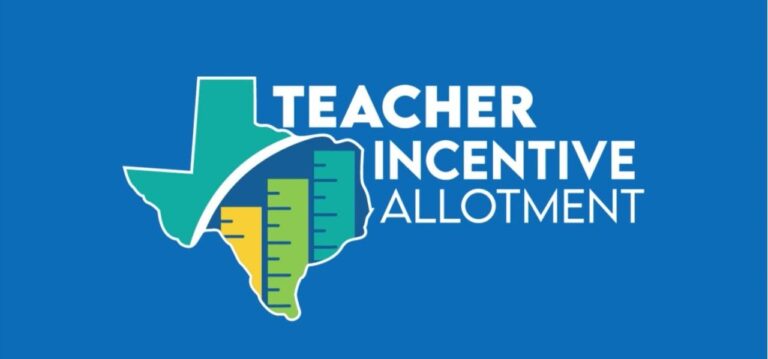Data shows that the pandemic has had a significant impact on student learning, both across the country and in Cityscape Schools.
Cityscape Schools is launching a comprehensive stakeholder engagement process to help determine how it should potentially spend additional federal dollars to address unfinished learning and COVID-19 recovery.
The American Rescue Plan signed into law in March by President Joe Biden included $122 billion in Elementary and Secondary School Emergency Relief (ESSER) funds for school districts across the country, which is the single largest investment in federal elementary and secondary education in the nation’s history. Cityscape Schools has applied to receive some of that additional funding.
See the COVID-19 Guidelines, which will continue to be updated throughout the summer as needed based on updated recommendations.
TAKE THIS SURVEY
All parents, district employees, students and community members are urged to complete a survey to help the district determine what to prioritize with the potential ESSER funds. School districts are limited what they can use ESSER funds to support.
Frequently Asked Questions
Data shows that the pandemic has had a significant impact on student learning, across the country and in Cityscape Schools.
The American Rescue Plan (ARP) signed into law in March by President Joe Biden included $122 billion in Elementary and Secondary School Emergency Relief (ESSER) funds for school districts across the country. Cityscape Schools has applied to receive some of that funding.
Below are answers to some of the most frequently asked questions on the ESSER funds.
The purpose of ESSER in general is to award subgrants to local educational agencies (LEAs) such as Cityscape Schools to address the impact that COVID-19 has had, and continues to have, on elementary and secondary schools.
A total of $12,418,588,778 is available to the state. Ninety percent, or $11,176,729,900, will be awarded to eligible LEAs. Note that only two-thirds of the total state allocation ($8,279,059,186) is available at this time.
Grant allocations will be posted on the Grants Administration Entitlements web page at https://tea.texas.gov/finance-and-grants/grants/grantsadministration/applying-for-a-grant/entitlements.
Funds may be used for allowable activities from March 13, 2020 (with approved pre-award) through Sept. 30, 2023.
The LEA must engage in meaningful consultation with stakeholders and give the public an opportunity to provide input in the development of its plan for the uses of ARP ESSER III funds.
The LEA must provide its plan for the uses of ARP ESSER III funds in an understandable and uniform format.
The LEA’s plan for the uses of ARP ESSER III funds will be posted to the LEA’s website within 30 days of receiving its ESSER III Notice of Grant Award.
Yes, LEAs must expend a minimum of 20 percent of their grant funds on:
- Evidence-based interventions, such as summer learning, extended day comprehensive after school programs, or extended school year programs; and
- Ensure interventions respond to students’ academic, social, and emotional needs and address the disproportionate impact of coronavirus on student populations as defined in ESEA, Title I, Part A, students experiencing homelessness, and youth in foster care.
ESSER funds are designated to be used in any or all of 15 buckets, which include addressing learning loss, providing professional development, improving indoor air quality, providing social and emotional supports, updating and providing technology, and others (FAQ from TEA)
ESSER funds are designated to be used in any or all of 15 buckets, which include addressing learning loss, providing professional development, improving indoor air quality, providing social and emotional supports, updating and providing technology, and others (FAQ from TEA)
Since the large influx of ESSER funding into LEAs can result in funding deficits when it ends, the LEA must plan for how to effectively and efficiently use the ESSER funds. It is recommended to use the ESSER grant funds for one-time or short-term expenditures to address the identified needs caused by the pandemic. Although long-term uses of the ESSER funds are also allowable, these types of uses may cause the LEA to not have funding to continue these activities after the ESSER period of availability ends, thus creating fiscal deficits.




